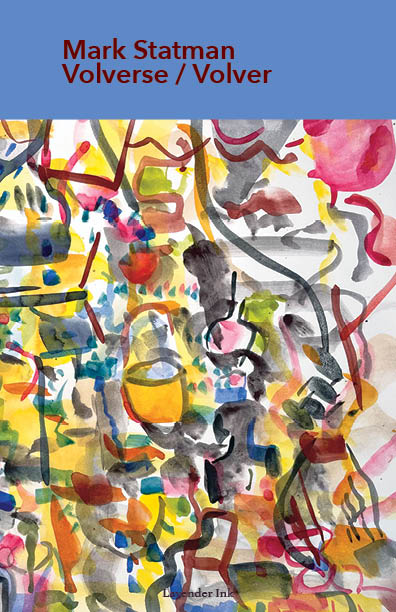
Part 2 MARK STATMAN: MEXICO AND THE POETRY OF GRIEF AND CELEBRATION
Part 2 of my interview with Mark Statman looks closely at Mark’s Latin American poetic influences, his life in Mexico and ends with an extract
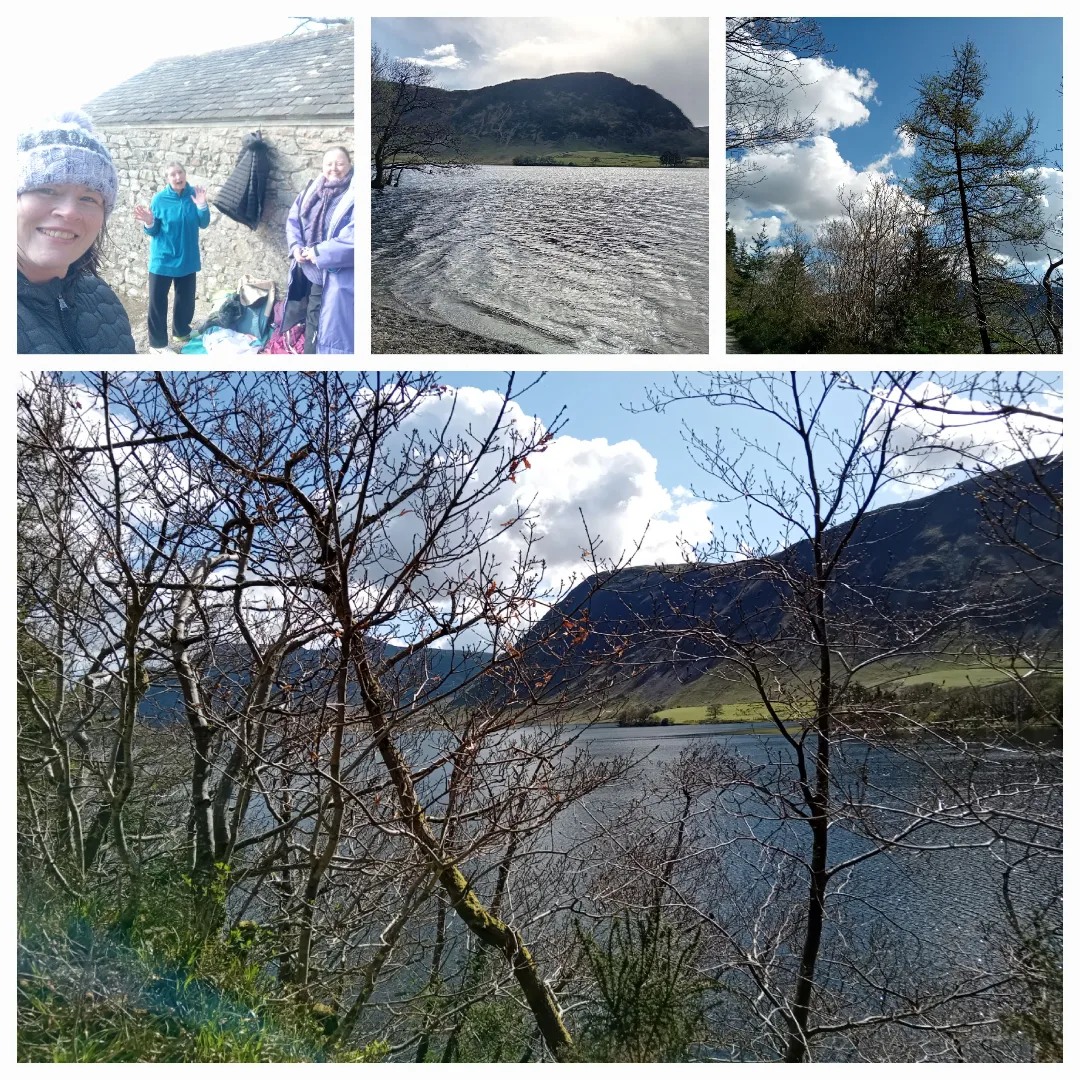
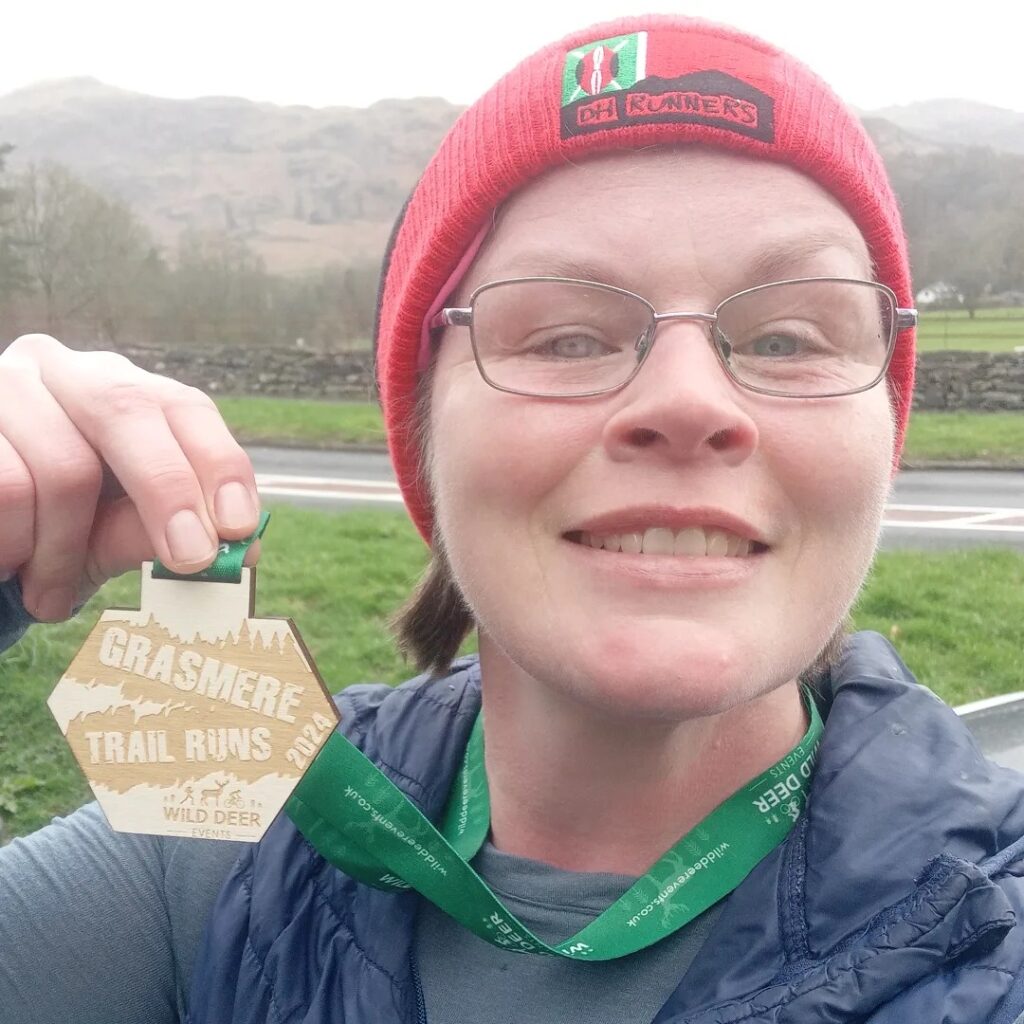
I interviewed Cumbria Wildlife Trust Writer in Residence Susan Cartwright-Smith about conservation issues and ‘walking your weird’ in the Lake District. Susan has been a costume designer for English National Opera and tells stories about her stage past, her love of singing and dancing and her open-water swimming.
Leslie: Tell us what you do as Writer in Residence at Cumbria Wildlife Trust. How do people relate to nature today compared to the period of English Romanticism that you studied?
Susan: As writer-in-residence, I use the natural surroundings to influence my creative writing, through contemplation, through observation, through the walk to the place (walking and writing go well together), and my feeling connected to the changing seasons. This all fuels a creative response. I also lead writing workshops there, and this year have chosen to connect to the seasons by doing four workshops near the points of the solar year, the equinoxes and the solstices. Re-connecting with patterns in nature is soothing and empowering, and hopefully people feel that. Stillness, allowing yourself to sense, listen, hear…this is all part of opening yourself up to the creative qualities within.
I keep threatening to produce a collection of poetry from my residency, but I’m always too busy!
The Romantics responded similarly to this notion of being influenced by nature in all its forms. Reacting to the formal style before them, we see blank verse, ballad, fragments. We have “plain language”, as well as dialect and accented speech. Pathetic fallacy connects us still further with the forces of nature, and writing a plein air (or the impression of it) puts the work directly in nature’s path.
We still have formal poets (those who choose rhyme scheme, meter, rhythm), yet we have free verse, prose poetry, asemic writing and poetry depicting soundwaves! Experimentation is still alive and reactions towards those that came before will always be a way to keep culture fresh.
Leslie: What are the current gains, losses and threats affecting the Lake District eco-system?
Susan: the Lake District is in danger of imploding – the reason why people go there, for beautiful scenery, unspoilt wilderness, adventure, is sorely compromised by the VOLUME of people who all go there, for the very same thing. The tourism, which was urged by the guide books of the eighteenth century, immediately started shaping the environment, and those seeking new sights and thrills became a queue of people all hankering after that newness (see the recent pictures of Striding Edge, with a conveyor belt of people along it). Victorian fern collectors, Dorothy Wordsworth gathering mosses, Fix the Fells, Beatrix Potter ringfencing much of the far side of Windermere to prevent development, all contribute to a human-intervened “naturalness”, and the beauty spots we all want to see end up becoming barren and bald due to footfall. Of course, Cumbria is not just the Lake District, and there are beautiful places to explore outside the National Park boundary. It is heartening to know that we have small pockets of Atlantic Rainforest, and abundance of moss eco-systems on our sycamores in some places, and regeneration of industrial landscape into nature reserves in others. The sheer press of tourism self-fulfills the need for facilities for tourism, and it was ever thus – the railway expansion brought grumbles from Wordsworth and Ruskin – and it becomes problematic over deciding who is worthy of experiencing the beauty of the region. If you want to visit, tread lightly. Take your rubbish home. Bring reusable bottles. Clear up after your dog (and take the bag away too). If people want to visit beauty spots, then leave it beautiful. Use the campsites. Walk more. Petition for better public transport! Keep your dogs on a lead (this is SO important – ground nesting birds are so vulnerable, and this is the biggest cause of nest destruction). Be aware of what you are visiting – a natural beautiful environment. Strive to keep it that way.
Leslie: How did ‘Walking your weird’ start, grow and develop for you? If I joined you walking, what would I experience and how might it change/affect me?
Susan: Walking your weird (punctuate as you wish!) started as a realisation that a lot of walks took me through our cemetery, which has natural burials, wildlife areas, herds of deer, and the Fairy Beck running through it. I also enjoyed seeing the heron nest there, and observing the many plants and trees there. Having had a few raised eyebrows on describing where I walked, I thought of embracing it, and enjoying the weird/wyrdness of it. Forest walks, river walks, cave visits…all add to the wyrd experience, as well as the weird. I don’t blog as much as I would like (see the poetry collection reason above) but when I remember/have time, it is an enjoyable revisit of where I have just been.
To walk with me…well…I like quietness. Sometimes. Sometimes it is good to talk, but to observe, I find calmness is key. Observe. Look at places you wouldn’t normally. See where that path goes. It might not be there tomorrow – it might not have been there yesterday – believe in magic, enjoy the birdsong. I would point out how a lichen has grown into an odd shape. I look for heart-shaped stones, or puddles that form arrows. Let your eyes relax, and your mind drift. It might change you, or it might provide affirmations. You might think it was just a walk…but there is no “just a walk”. If nothing else, you’ve got some steps in for the day and your heart kept beating.
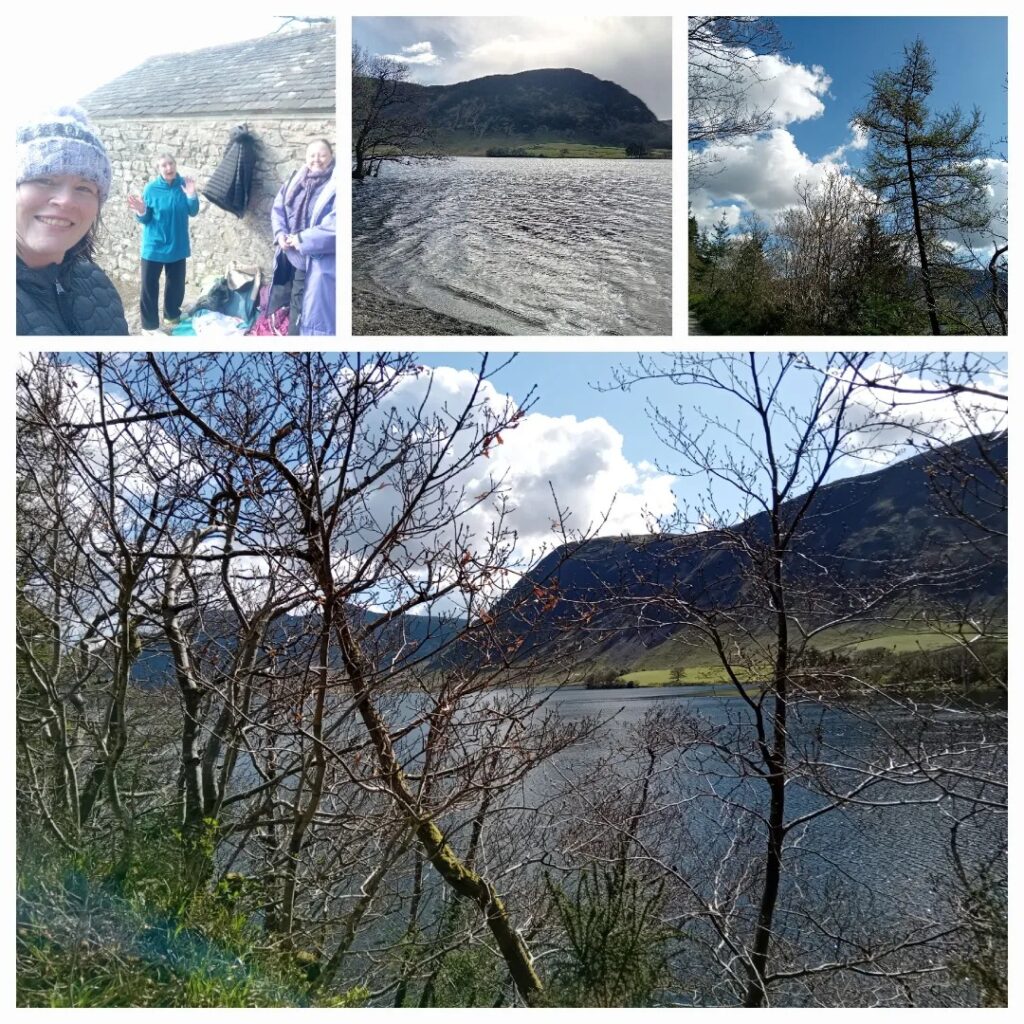
Leslie: How did you develop your tailoring/artistic skills? What have been the memorable moments working for Pleasure Beach Resort, Dama and ENO?
Susan: you kind of know if you are creative, and the cruellest thing is to deny people the chance to be artistic. We all want to enjoy the fruits of creative labour (but rarely does it pay well). If you are able to sew, draw, sing, dance, write, create, then do it. Development came through personal practice – sewing my own clothes, thinking what I wanted to create and then finding a way to make it. If you are an art student and don’t have something made out of a curtain or duvet cover, then quick! There’s still time before any one notices. I then studied theatre design at college, set and props as well as costume. Taking theatre jobs wherever they presented themselves, as sadly we are bereft of producing houses up here, got me travelling around. I wouldn’t say I saw the sights, as it was generally a nocturnal existence working on shows. And creating costumes devoured most free time. It is a selfish and greedy beast, theatre, but if you love it, you forgive it. I worked in the men’s tailoring department at the ENO and much preferred it to the voluminous hemlines you occasionally have with womenswear.
I have many stories about my time working in theatre, it provides anecdotes as well as visual splendour. Seeing how magic tricks are performed, as well as being a demon at the quick change for pantomime walk-downs, performing in amazing places like Portsmouth Historic Dockyard or the newly refurbished Manchester Royal Exchange, and working with twinkly old superstars, like Victor Spinetti as well as hearing incredible voices eg Willard White, and haunting musical pieces from The Amade Players early baroque. I would encourage anyone who wants to be creative to go for it. When you are young and have no commitments, seize any and every opportunity. When you are older and need a release, art, music, dance is a way of keeping mind and body active.
Leslie: How does music, singing and dancing act as a social connector for you? Where do your interests in historic and folk music and modern pop come from?
Susan: Ooh, good lead on from the last answer! Dance, music and song enrich us. Oral traditions such as story and song connect us to our past, and shape the future. Music and harmonies resonate with natural sound around us. I’m part of a shape-note singing group, and while this has formed from an American tradition, it is from American settlers singing praise in community groups, creating harmony and thus support. It forms a network which in turn prevents solitude/loneliness. Faith is great when it nurtures and supports. I’m also in a folk club (both of these initiated by musical powerhouse Jean Hill), and again, this is a supportive arena for experimentation, debuting pieces, and revisiting old pieces that get everyone joining in. Music is an easy way to learn something – learning to music seems to make things go in better, I can remember all the words to most of the chart hits of the 80s, not so much my best friend’s mobile phone number – and sharing that song gives enjoyment that reaches across age and experience. My son also loves the folk night, and I delight in seeing him nodding along to a years-old tune that I might have Morris danced to when he was a baby!
Interest in folk music and dance…I don’t know. Other than it just appealing. I was brought up in a semi-Scottish household, and so ceilidhs were commonplace, so I have always danced. We were lucky enough to have a country dancing lesson at school, and other than giving each other a chance to grapple and fling each other around, it also made us laugh. Woe betide anyone who cannot strip a willow in my ceilidh line-up!
I think I just wanted to tap into traditions. I felt a bit removed from the natural world in London, despite having a wild back garden in which I grew ridiculous amounts of chillies, and so I joined a Cotswold Morris side there. Again, music and movement, and feeling part of a group of people enjoying themselves makes your heart keep beating, and the thrill of live music in the open air just makes you smile. If you enjoy it, other people enjoy it too.
As for modern pop music – I think my limit is the 90s – a youth-time of poised by the portable radio, taping the charts, choosing what I wanted to listen to and having the freedom to take it with me is something all kids need, (despite me being perplexed that my sons listen to music from computer games! It has developed beyond Tetris though). It’s that whole connection thing again – cartoon and advert jingles, one-hit wonders, as well as banging anthems – if you see someone nodding along to something you are having flashbacks to, you know they are also reliving part of their existence. The symphony of the spheres, the diabolical diminished fifth, and everything in between, from birdsong, frogsong, a particularly weird laugh and the opening guitar riff to your favourite rock anthem – it all calls to us and connects us.
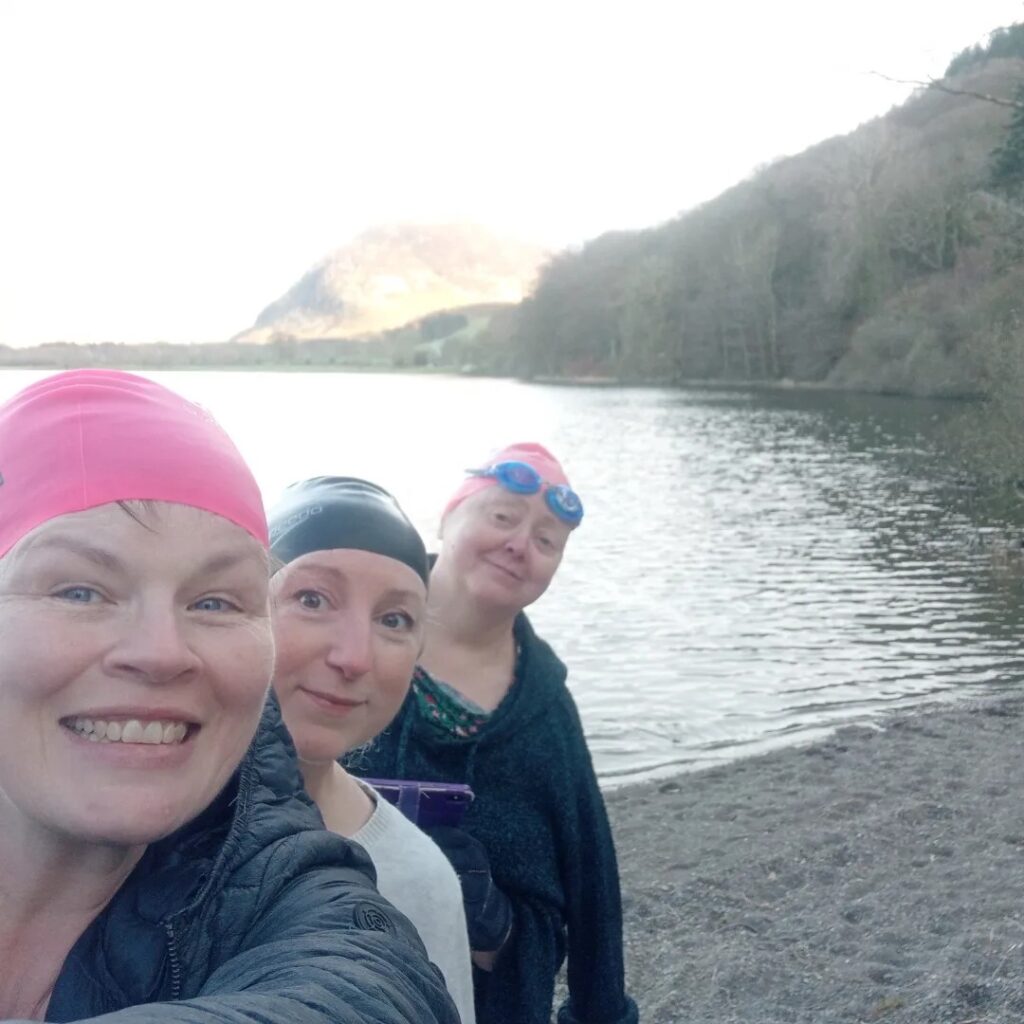
Leslie: Tell us about the fun, surprises and rewards from your collective activities with Carlisle Writers’ Group and open-water swimming.
Susan: Carlisle Writers’ Group is another way of connecting through creativity. We have built up a decent group of writers, and trust each other with our works. It is important to have that trust – the dynamics change with whoever is in attendance on any particular night, but the trust is there. It is surprising to hear what people come out with in response to prompts – each is different – and each person brings their own experience and way of telling to each piece. It is a way of learning and growing, listening to each other. Collating the works into our anthologies has been a joy too, seeing the separate works form a collective whole. Having authors come to talk to us has been rewarding; recently we have had authors Charles Stross and M W Craven sharing advice and anecdotes about long-form writing, and taking our skills into the wider community to provide workshops for resettled communities, schools, and as part of wider celebrations such as Hadrian’s Wall 1900, and Cumbria 50 has been a way to pay it forward.
Open-water swimming is another thing that brings togetherness and joy. Our little group (which is an informal group of friends) trust each other, support each other and enjoy each other. Each of us has differing reasons and requirements from the water, and we all understand that the water needs to be respected. We enter it, we do not command it. It offers us a way to relax, to reinvigorate. None of us can be bothered to chase limelight or claim to be an expert in any aspect of it – we do it because it calls to us. I recently completed my 100b450 personal challenge, to swim in 100 different inland pieces of water before I turned 50, and I had support in doing this from my fellow swimmers, and particularly my friend John Grieve. This sense of adventure and determination led to greater exploration geographically, but did not reduce my delight in revisiting the same pieces of water close by.
Being outside, being attuned, and being connected. This is who I am and what I do.
ABOUT LESLIE TATE’S BOOKS:

Part 2 of my interview with Mark Statman looks closely at Mark’s Latin American poetic influences, his life in Mexico and ends with an extract
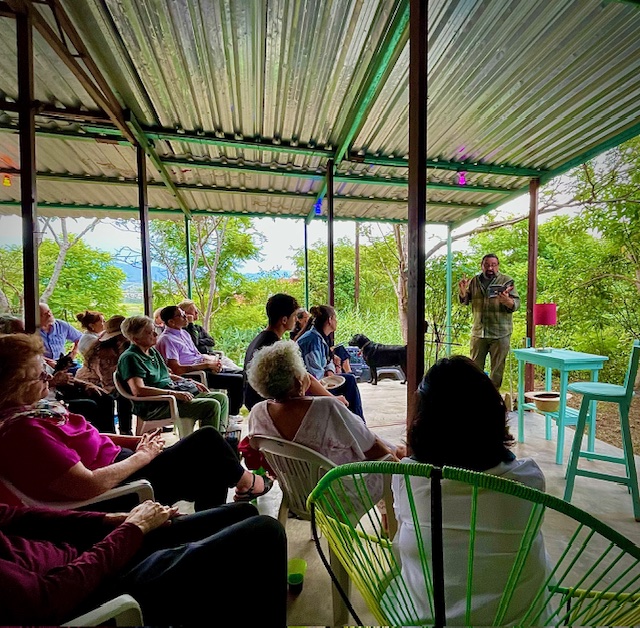
I interviewed international poet and translator Mark Statman about Volverse/Volver, his 14th published collection. Mark, who has won national arts awards, is Emeritus Professor of Literary
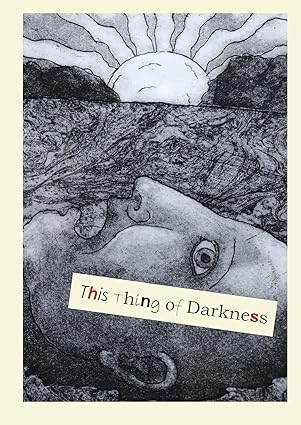
I interviewed Lisa Dart, finalist in the Grolier, Aesthetica and Troubadour Poetry Prizes and author of The Linguistics of Light (poems, Salt, 2008), Fathom (prose

I interviewed writer Julia Lee Barclay-Morton about her experience of autism. Julia began as an experimental dramatist in New York, moving to the UK to

I interviewed Gillean McDougall from Glasgow, who edited the collaborative projects Honest Error (on Charles Rennie Mackintosh and his wife Margaret Macdonald) and Writing the
| Cookie | Duration | Description |
|---|---|---|
| cookielawinfo-checkbox-analytics | 11 months | This cookie is set by GDPR Cookie Consent plugin. The cookie is used to store the user consent for the cookies in the category "Analytics". |
| cookielawinfo-checkbox-functional | 11 months | The cookie is set by GDPR cookie consent to record the user consent for the cookies in the category "Functional". |
| cookielawinfo-checkbox-necessary | 11 months | This cookie is set by GDPR Cookie Consent plugin. The cookies is used to store the user consent for the cookies in the category "Necessary". |
| cookielawinfo-checkbox-others | 11 months | This cookie is set by GDPR Cookie Consent plugin. The cookie is used to store the user consent for the cookies in the category "Other. |
| cookielawinfo-checkbox-performance | 11 months | This cookie is set by GDPR Cookie Consent plugin. The cookie is used to store the user consent for the cookies in the category "Performance". |
| viewed_cookie_policy | 11 months | The cookie is set by the GDPR Cookie Consent plugin and is used to store whether or not user has consented to the use of cookies. It does not store any personal data. |
4 responses
This is a big achievement
I usually reas these stories
They’re all inspired
Great work 👏
I’m glad you enjoy them! Thank you.
Terrific interview! Will read and reread.
🙂 🙂 🙂